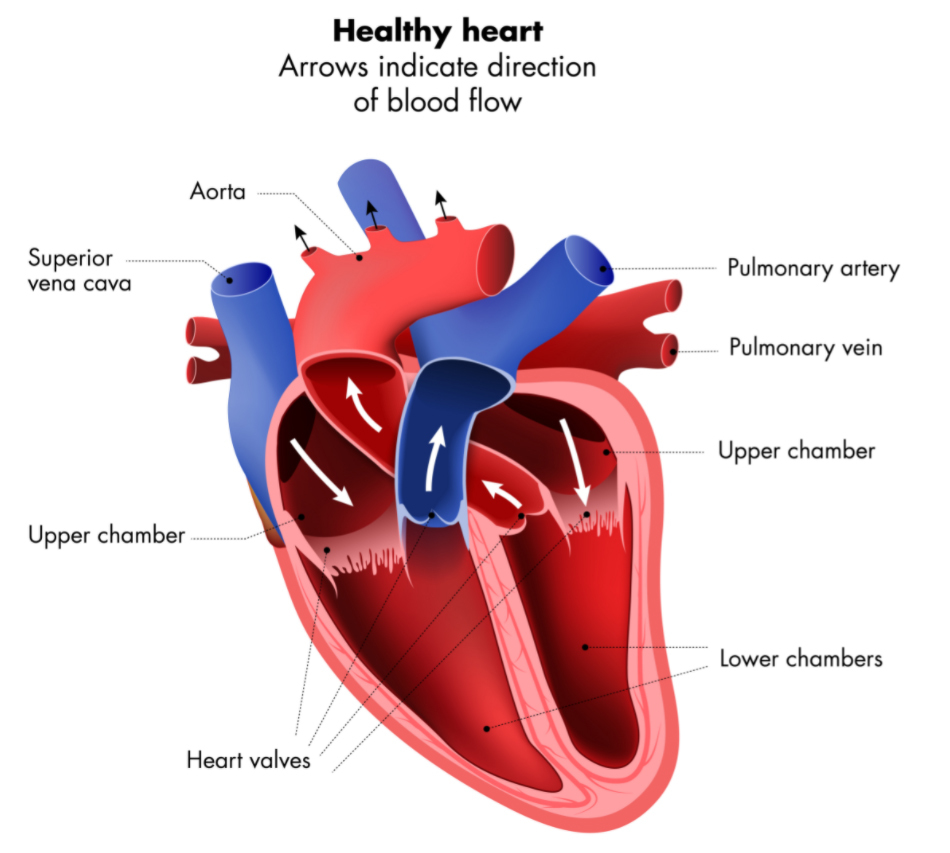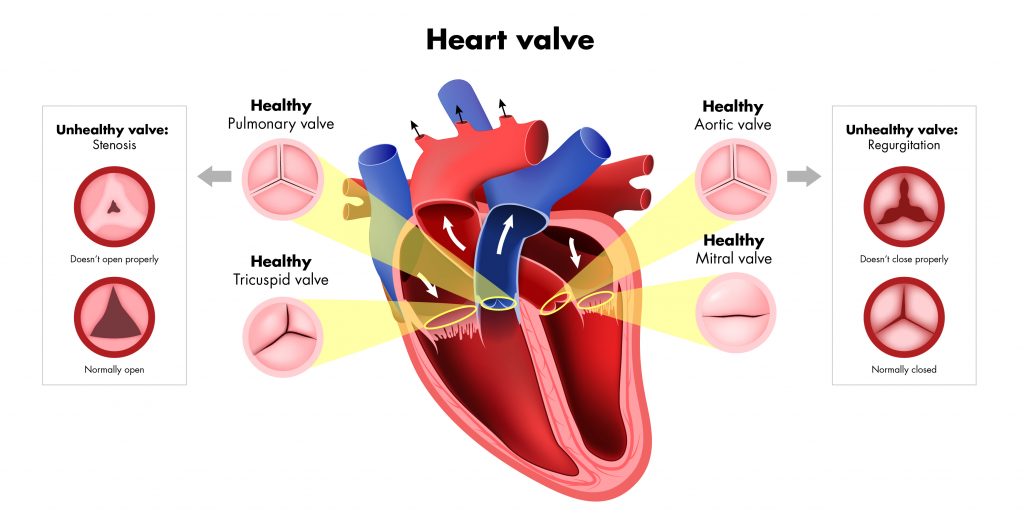Take time out of your busy day and make a Donation to an amazing cause. Shed some light on Heart Awareness
In 2021, there are around 500-600,000 Australians living with heart valve disease. Since it can be difficult to diagnose, it is estimated that there are another 254,000 Australians living with undiagnosed heart valve disease. It’s a serious condition, but early treatment and management can help you get back to doing the things you love, like gardening, spending time with your grandchildren and family, or going for walks. Heart valve disease occurs when one or more of your heart valves don’t open or close properly. This can disrupt the blood flow through your heart to and from your body.




This is often caused by age, and is where the valve becomes narrow (stenosis), or where there is a blockage which limits blood flow. Because of this, the heart doesn’t pump like it should, and there can be high blood pressure in the lungs.

Sometimes a valve may not close properly, or it can leak. This means blood can flow back through the valve. This is known as regurgitation, and means the heart cannot properly move blood to the next chamber. Any valves of the heart can be faulty, but the two most common are the aortic valve and the mitral valve.
Some of the more common diseases affecting the heart valves include:

This is caused when the aortic valve hardens, making the valve narrower and reducing the flow of blood. This means that the heart needs to work harder to pump blood around the body. Due to this extra workload, the muscle of the lower left chamber of the heart thickens, and the chamber may eventually become enlarged. If not treated, this can lead to heart failure and other health problems.
This is where the mitral valve becomes weak and stretches out, which can mean blood flows in the wrong direction. Often the amount of blood that flows back is small, and so may not cause any symptoms. If the condition is more serious, blood can’t move through your heart or to the rest of your body properly, which can make you feel tired or out of breath.
The tricuspid valve can become diseased, causing blood flow to decrease or flow back in the wrong direction. Two types of tricuspid valve disease include:
1. Tricuspid regurgitation, where the valve is leaky or doesn’t close properly. This can allow blood to leak backwards through the valve.
2. Tricuspid stenosis, where the valve becomes stiff and does not open enough. This can cause the flow of blood to decrease.
This is the most common congenital (ie. present from birth) heart abnormality. It affects 1-2% of the population. Some people may not experience any symptoms, while for others it can be a serious condition. Heart valves have flaps of tissue called cusps, which open and close when the heart beats. These ensure that the blood flows in the right direction. The aortic valve normally has three cusps, but a bicuspid valve has only two. A bicuspid aortic valve can cause problems including:
1. Narrowing of the aortic valve (aortic valve stenosis)
2. Backward flow of blood through the valve (aortic valve regurgitation)
3. An enlarged aorta, which increases the risk of a tear in the lining of the aorta
This is an infection of the lining of the heart, which can lead to valve damage. It is usually caused by bacteria, but can also be caused by fungi or other germs. These can come from another part of the body, such as the mouth, travel through the bloodstream and attach to damaged areas of the heart. If not treated, endocarditis can damage the heart valves. People with heart valve disease, or with a replacement valve, may be at higher risk.
The most common forms of heart valve disease are aortic stenosis and mitral regurgitation. Aortic valve disease occurs mostly in people over 65. Mitral valve disease can be caused by rheumatic heart disease, and in this case generally occurs in people in their 40s and 50s. It can also be caused by age-related changes, and so occurs in older people as well. Common symptoms to look out for include:

![]() You may find yourself becoming short of breath, particularly when you are active. This is because your heart is not filling and emptying properly, which causes increased pressure in the blood vessels around the lung.
You may find yourself becoming short of breath, particularly when you are active. This is because your heart is not filling and emptying properly, which causes increased pressure in the blood vessels around the lung.
![]() You may feel discomfort, pressure or tightness along the front of your body, between your neck and upper abdomen.
You may feel discomfort, pressure or tightness along the front of your body, between your neck and upper abdomen.
![]() You may find it more difficult to do daily activities you once found easy, like walking to the shops, mowing the lawn, or baking. This can be because you’re not getting the amount of oxygen you once did.
You may find it more difficult to do daily activities you once found easy, like walking to the shops, mowing the lawn, or baking. This can be because you’re not getting the amount of oxygen you once did.
![]() You may find yourself becoming lightheaded or even fainting. This happens when not enough blood flows to the brain.
You may find yourself becoming lightheaded or even fainting. This happens when not enough blood flows to the brain.
![]() Sometimes you may find it difficult to do things you once found easier like exercising or walking up stairs. This can be because your heart is having to work harder to do its job.
Sometimes you may find it difficult to do things you once found easier like exercising or walking up stairs. This can be because your heart is having to work harder to do its job.
Early detection is important, and regular check-ups and yearly stethoscope checks can help in early diagnosis of heart valve disease. A stethoscope lets the doctor listen to your heart and check for a heart ‘murmur’ or ‘click-murmur’, which is often the first sign of a heart valve disorder.
Call an ambulance or get someone to take you to the closest hospital emergency department if you notice any of the following physical signs:
![]()
Pain in your chest, arm, jaw or back pain
![]()
Very severe shortness of breath
![]()
Going in and out of consciousness or collapsing
If you experience milder symptoms, make an appointment with your doctor. Mild symptoms of heart valve disease can still require treatment.
